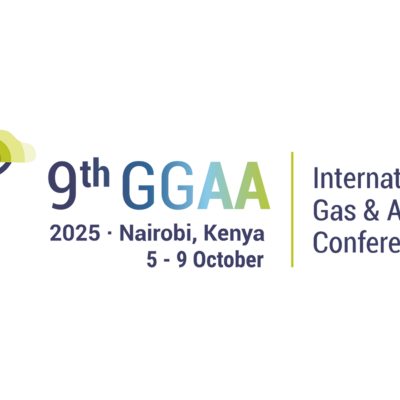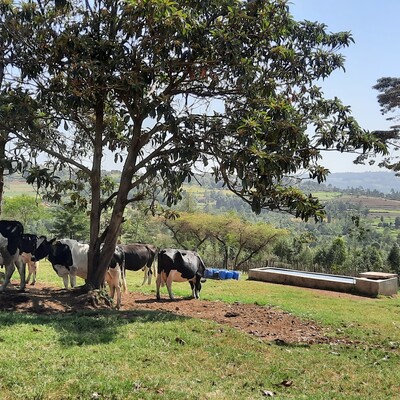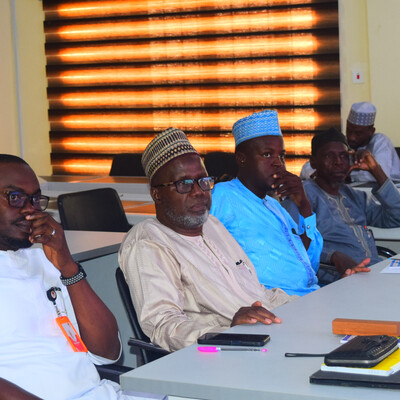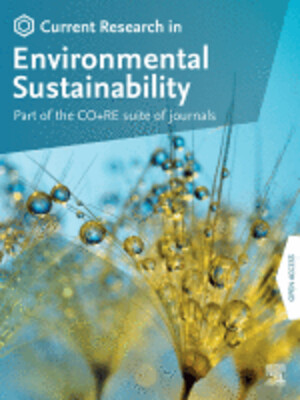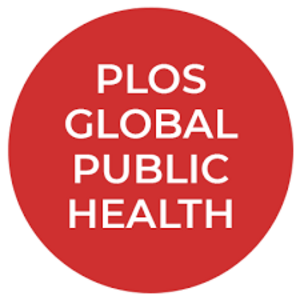
Variability in rainfall is increasing on global pastures important for food access and economies—Nature Climate Change
Excerpts from the abstract of a new paper published in Nature Climate Change
‘Pastures and rangelands underpin global meat and milk production and are a critical resource for millions of people dependent on livestock for food security. Forage growth, which is highly climate dependent, is potentially vulnerable to climate change, although precisely where and to what extent remains relatively unexplored. In this study, we assess climate-based threats to global pastures, with a specific focus on changes in within- and between-year precipitation variability (precipitation concentration index (PCI) and coefficient of variation of precipitation (CVP), respectively). . . .
‘CVP is a significant, yet often overlooked, constraint on vegetation productivity across global pastures. Using independent stocking data, we found that areas with high CVP support lower livestock densities than less-variable regions. Globally, pastures experience about a 25% greater year-to-year precipitation variation (CVP = 0.27) than the average global land surface area (0.21). Over the past century, CVP has generally increased across pasture areas, although both positive (49% of pasture area) and negative (31% of pasture area) trends exist.
‘We identify regions in which livestock grazing is important for local food access and economies, and discuss the potential for pasture intensification in the context of long-term regional trends in precipitation variability.’
Excerpt from the main text of the paper
‘. . . To assess risks to places where livestock grazing is important for local food security, we used global data sets for percent pasture area (see Methods) and market influence (a combination of market access and per person purchasing power) to define areas in which livestock grazing may play a more or less important role in local food availability or the economy (Fig. 3).
We found that areas where livestock grazing is an important part of local food availability (Fig. 3, dark red) and economies (dark blue) experience the highest levels of CVP (0.22 and 0.24, respectively), whereas areas where livestock grazing is less important (light red and light blue) have a lower CVP (0.20).
Overall, CVP has increased over time in all areas (P < 0.05), although CVP trends appear to decrease in the more recent parts of the time series.
The rates of CVP increase appear to be greatest in areas where livestock grazing may be important for local food access (Fig. 3, dark blue, +0.05). . . .’
Excerpts from an ECOS blog article about the paper
‘. . . “Sweeping plains” across the world are home to graziers and pastoralists whose livelihoods depend almost entirely on rainfall.
‘In a good year, abundant grass and other forage enable livestock to thrive. In a bad year, pastoralists may need to sell off or cull their livestock. For herders in many countries, poor seasons mean an ongoing search for new pastures in which they can find feed for their animals.
‘Research published this week in Nature Climate Change shows that year-to-year variability in rainfall has increased in the world’s grazing lands over the last century.
‘The scientists looked at historical climate data in the major grazing regions of the world from 1901 to 2014.
‘An estimated 22 per cent of the planet’s ice-free land is used for livestock grazing.
‘“Grazing lands are naturally known for their highly variable rainfall; about 25 per cent more year-to-year variability than other lands,” CSIRO chief research scientist Dr Mario Herrero explains.
‘“This study is showing us that grazing is potentially highly vulnerable to climate change; right across the world, from Australia to Central Asia, sub-Saharan Africa and the Americas.”
‘Researchers found that 49 per cent of global grazing lands experienced significant increases in year-to-year rainfall variability and 31 per cent experienced significant decreases.
‘“What is particularly worrying is that the areas especially affected by the increasing variability trends are areas where livestock grazing is important for food access and economies,” says Cecile Godde, PhD candidate with CSIRO.
‘There are around 600 million rural poor who rely on livestock for their livelihoods.
‘“If a region such as the Sahel in Africa experiences a lot of variation in rainfall, pastoralists will not be able to maintain their herds and this could exacerbate poverty and malnutrition.”. . .’
The research has been a collaboration by scientists from CSIRO, University of Minnesota, University of Arizona and Federal University of Goiás in Brazil, funded by the Gordon and Betty Moore Foundation and the Belmont Forum/FACCE-JPI funded DEVIL project (Delivering Food Security from Limited Land).
Read more about the impact of climate change on agriculture in Environment Reports: Food matters.
Read the letter in Nature Climate Change: Increasing importance of precipitation variability on global livestock grazing lands, by Lindsey Sloat, James Gerber, Leah Samberg, William Smith, Mario Herrero, Laerte Ferreira, Cécile Godde and Paul West, 19 Feb 2018.







